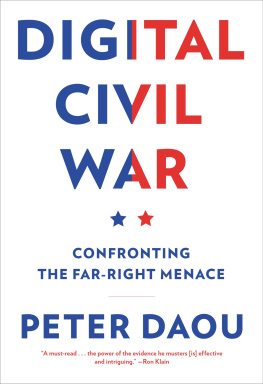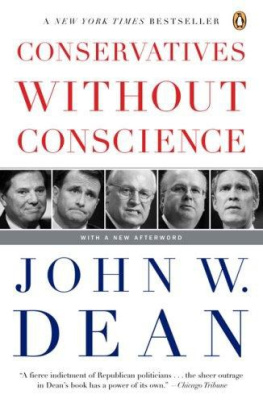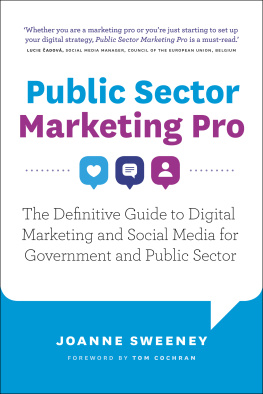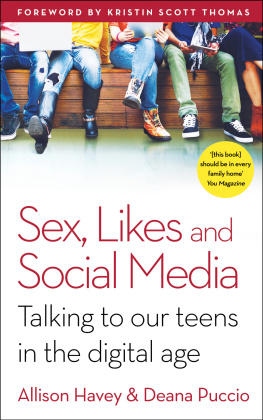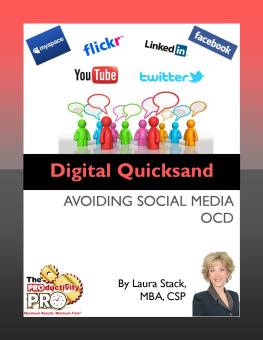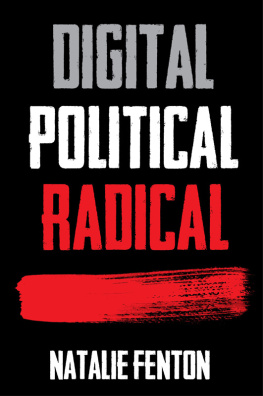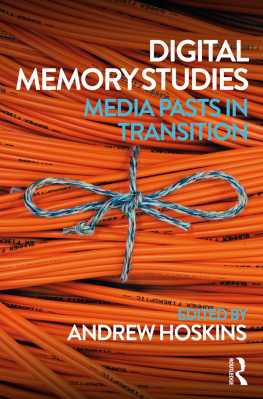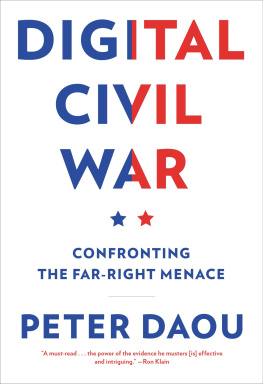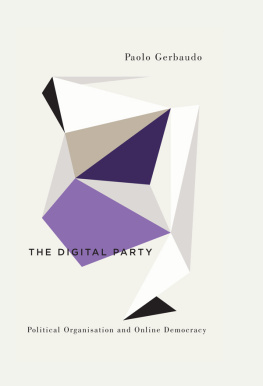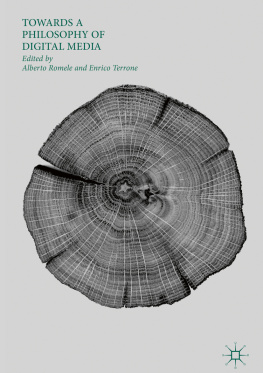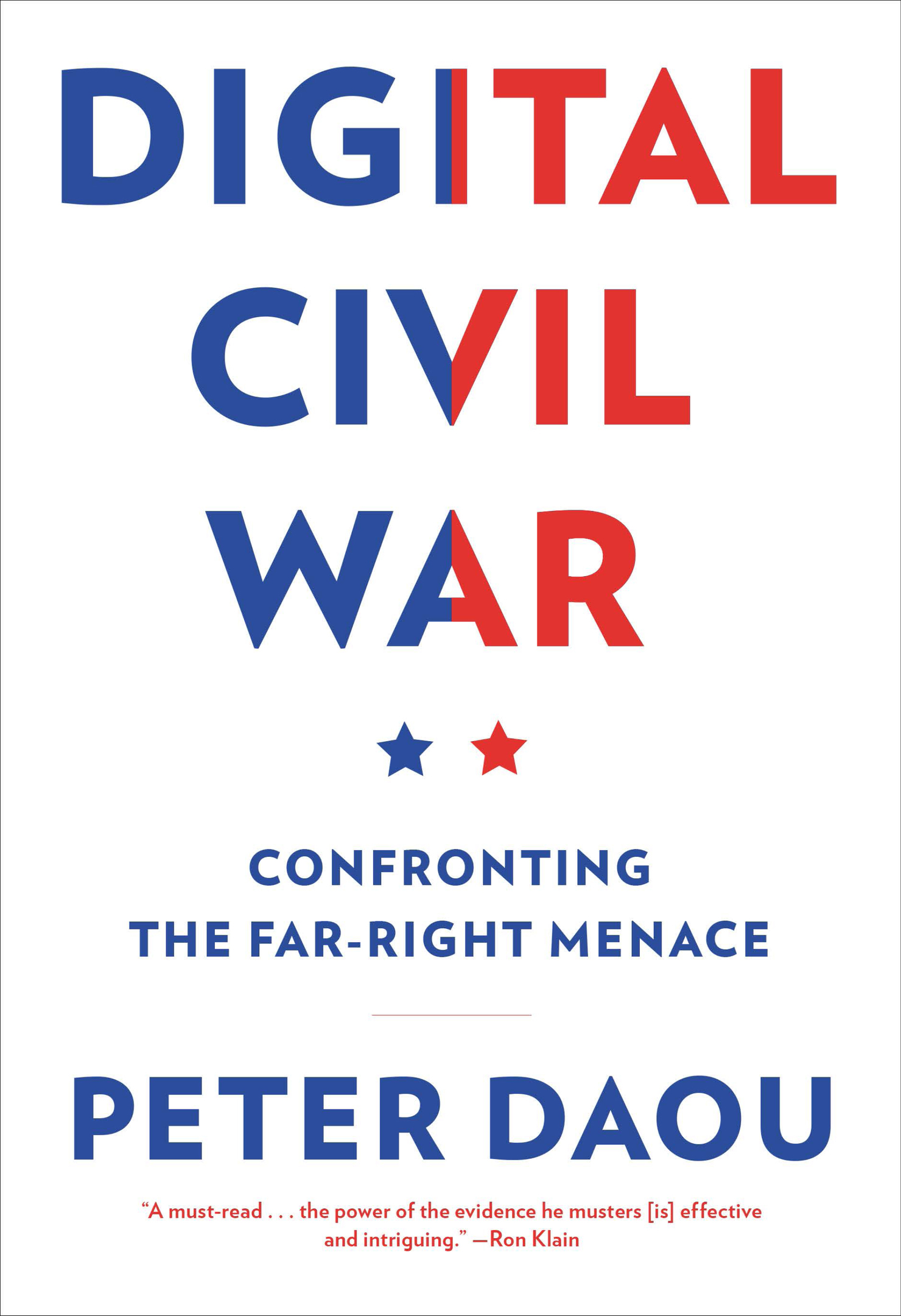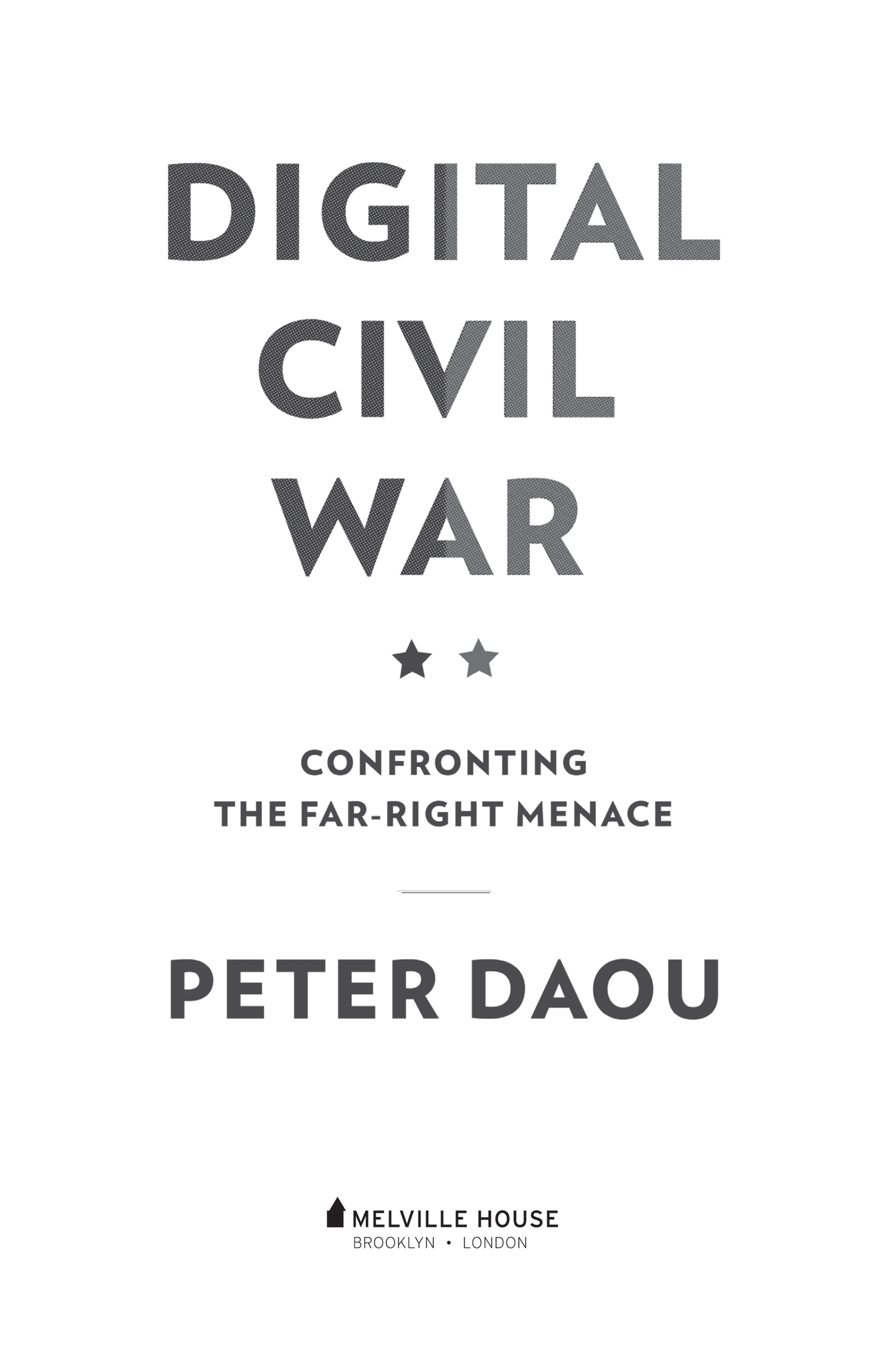16/18 Woodford Rd.
ONE
BATTLE FOR IDENTITY: THE REAL AMERICAN
White Christian males losing their place in the social order decided theyd do anything to save themselves, and to heck with morality. They made a bargain with the devil in full knowledge. So the real question is: What does it mean to be an American today? Who are we, goddamit?
Roger Cohen, New York Times op-ed
Politics is the competing stories we tell about our country, our history, our government, our community, and ourselves. Where our stories intersect, there is consensus; where they diverge, debate; where they clash, division. And when the villains in those stories are our fellow citizens, there is strife. Today, the stories being told by Democrats and Republicans are incompatible, spurring legitimate concerns about the health and stability of U.S. democracy.
The digital age has transformed our social interactions and reshaped our political process. We let the world know what we think, where we go, who we know. We share intimate details about our lives willinglyand often unwittingly. We are turned inside out, so that our private thoughts become our public face. In engaging online over our values and beliefs, we are participating in a battle of ideas and ideals, a Digital Civil War in which dueling stories about American identity and history vie for dominance. The Republican Partys story, the story of the real American, begins in the heart of the rust belt.
I-78 cuts across Pennsylvanias midsection, a bucolic landscape dotted with picturesque farmhouses under big skies and billowing cloudsa Hopper painting come to life. The interstate grazes Allentowns southern tip as it runs 144 miles from Union Township in Lebanon County to the Hudson River. Ten miles off its eastern edge, along a road littered with boarded-up storefronts, a partially lit neon sign hangs over the faded green awning of the Westside Restaurant, a gritty diner that has served locals and out-of-towners for more than fifty years. On Sundays, Westside patrons walk up the street to the Church of the Blessed Sacrament, a Catholic parish founded in 1887, torn down in 1917, and rebuilt in 1919 to accommodate its growing congregation. In the pews, under the soft light from clerestory windows, friends and neighbors gather in prayer.
In this part of America, tradition is honored, hard work is respected, and Christian values are prized. By Christian values, I mean the compassion, kindness, humility, gentleness and patience of Colossians 3:12. And by this part of America, I mean Manhattans Upper West Side. The Church of the Blessed Sacrament is on Seventy-First Street between Broadway and Columbus Avenue. The Westside Restaurant is two blocks down, on the northeast corner of Sixty-Ninth Street and Broadway.
Millionaires may be minted by the minute on Wall Street, but homelessness among New York Citys public schoolchildren is at record highs and more than a quarter of the citys children live in poverty. While hedge-fund hotshots scoop up eight-figure Billionaires Row condos, millions of New Yorkers teeter on the edge of financial ruin, their cost of living among the highest in the country. Sky-high commercial rents have devastated mom-and-pop retailers. One by one, beloved Manhattan establishments have shuttered, victims of the creeping malignancy of obscene wealth, the predatory greed that has transformed the Big Apple into a monument to inequality.
The tale of economic hardship in New York is echoed in towns and cities along I-78. So why is it unusual for Manhattan to be depicted in the elegiac language reserved for the rust belt? Because no cultural myth is more pervasive, no dogma more entrenched, than that of the small-town white male being the quintessential or real American, and his struggles the only meaningful ones. The United States holds whiteness as the unifying force. Here, for many people, the definition of Americanness is color, explained author Toni Morrison.
The real American story is a toxic brew of populism, nativism, and white supremacy packaged by the GOP, distributed by right-wing media, imbibed by the Republican base, and regurgitated by the mainstream press. It holds that the authentic American is a flag-waving, churchgoing, gun-owning, pro-military, small-town, conservative, straight white male from the countrys midsection, whose politics are motivated by unwavering and unimpeachable convictions, and whose noble suffering is ignored by godless liberals and coastal elites. In this omnipresent fiction, real Americans are paragons of virtue who stand firm against liberal usurpers determined to steal their guns, rights, money, land, and liberty.
The real American story is the thread that runs through virtually every partisan fight in U.S. politics. It maintains that the white working class has been shunned by the Democratic Party, patronized by the liberal media, mocked by Hollywood, stifled by identity politics, smothered by political correctness, and oppressed by big government. And it purports to explain why white working-class voters saw a kindred spirit in a wealthy New York real estate developer with gilded toilets.
Pulitzer Prizewinning columnist Eugene Robinson called the real American story the most offensive and corrosive idea in our politics today. He warned, Dont you dare buy it. Republicans are cynically peddling this un-American conceit. Real Americans elected and continue to support President Trump, they claim, in defiance of snooty coastal elites who are hopelessly out of touch with the country. Its a total crock, and shame on those using it for political gain.
The battle over American identity, and its manifestation in the myth of the real American, is a major front in the Digital Civil War. On Twitterground zero of the wardigital activist Delilah Asterales (HawaiiDelilah) wrote, We in blue states and on the coasts and in urban centers are as much REAL America as folks in red states. Were sick to death of being held hostage by folks in flyover country lamenting the loss of the bad old days & obstructing progress. ABC News political analyst Matthew Dowd tweeted, I am so sick of people deciding who real Americans are. Whether you live on the coasts, or in between, or in a big city or small town, or were born here or are an immigrant, or a christian, jew, muslim, hindu, or nada, black, brown, white or whatever, you are a real American. Tom Nichols, a professor at the U.S. Naval War College and influential member of the Never Trump movement, echoed Dowds frustration: For the love of God, dont tell me about what Trumps Real Muricans in the Heartland want. I know what they want: more government action, including money, delivered with a smile, inflated respect, and pity, earned or not.
On Facebook, former Naval Surface Warfare officer Sheila Scarborough wrote: Hi. PSA. Im a 22+ year Navy veteran. Im also a moderate/liberal. Yeah, we exist. Kindly stop questioning my patriotism by calling me a mob or a libtard or not a real American. If you want to thank me for my service, do me a favor & read the Constitution that I swore to defend. Patricia Buchanan, a California-based information technology analyst, tweeted, That whole coastal elite thing kills me. I was born and raised on the California coast, a dirt poor hillbilly; and I care about everyone even if it cost me a few more bucks in taxes because I want to give back.

